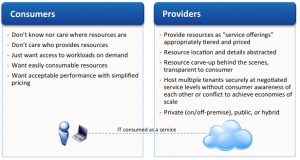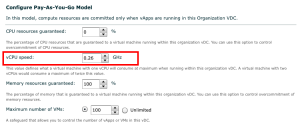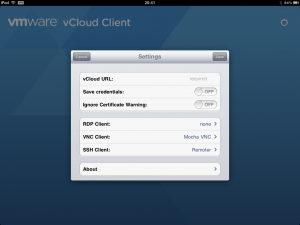Quite a few people have been asking me to write this article for a while. vCloud Director has been around a while now, but it appears that it is only now gathering momentum and it is being looked at seriously. This multi-part article will cover all the basic concepts of vCloud Director and what the different terminology means. First of all, lets talk about what VMware vCloud Directors actual purpose is: A quote from the VMware vCloud Director page on VMware.com explains: Manage resources more efficiently by logically pooling infrastructure capacity into policy-based virtual datacenters. VMware vCloud Director integrates with existing VMware vSphere deployments and extends capabilities like Distributed Resource Scheduler (DRS) and vNetwork Distributed Switch, to provide elastic compute, storage and networking interfaces across multiple clusters. Using virtual datacenters built on top of vSphere, VMware vCloud Director enable resources to be provisioned without the need for repeated configuration or significant maintenance. The […]



